Message Thread:
residential/commercial
7/23/15

Hi, I'm looking for some input from you guys that have cabinet shops that produce both residential and commercial cabinets. We have 4 draftsmen and 1 is primarily residential and 1 is primarily commercial. The other 2 float a little bit back and fourth which I don't believe is the best idea. I believe since the construction methods are so much different and there are so many different procedures for both these draftsmen should concentrate on one or the other. There have been some mistakes due to switching and trying to do both. I would like to see 2 of our draftsmen work with strictly residential and the other 2 strictly commercial. I would like to hear what your thoughts would be. Thanks
7/23/15 #2: residential/commercial ...

What makes the two so different? We are a commercial only shop but the break areas we do are very much like kitchens. Just simple boxes, once in awhile a few curves. Much of the rest of our work involves a lot of strange shapes but if a CAD man can do that he can certainly do residential!
7/23/15 #3: residential/commercial ...

Larry, most of our kitchens we do are a high end face frame construction that sometimes takes a lot of planning in how everything is going to tie in and work out. I know you mentioned they may be simple boxes, which some are, but some are very detailed as well, including islands hoods, etc. I think a commercial draftsmen may have a hard time picking up on that just like a residential draftsmen may have a hard time picking up on the curved wall nurse station we construct. It seems like if a draftsmen specializes in one or the other that would be better for the shop with less mistakes.
7/23/15 #4: residential/commercial ...

Probably true. The more practice at something the better you get. Establishing a library of CAD drawings helps a lot. We don't do a lot of repeats but sometimes can pull up an old job and do a modification faster than starting over. All of our work is frame-less because it is commercial. I'll post a photo of a teller line. Some of the front panels are removable in the field for wiring runs. The center section holds a money dispensing machine. There are 2 rotary bearing plates in the top for monitors, a handicap pullout, pigeon holes and access panels. Mounting points for a curvy plastic privacy screen. The complete set includes a kidney shaped writing stand, a curved cabinet, a glass sliding door cabinet and some assorted moldings. We've done about a dozen of them in different veneers. It seems like a CAD man doing high end residential could probably crank them out, maybe a little slower than the commercial guys. The other photo is an elliptical service counter.
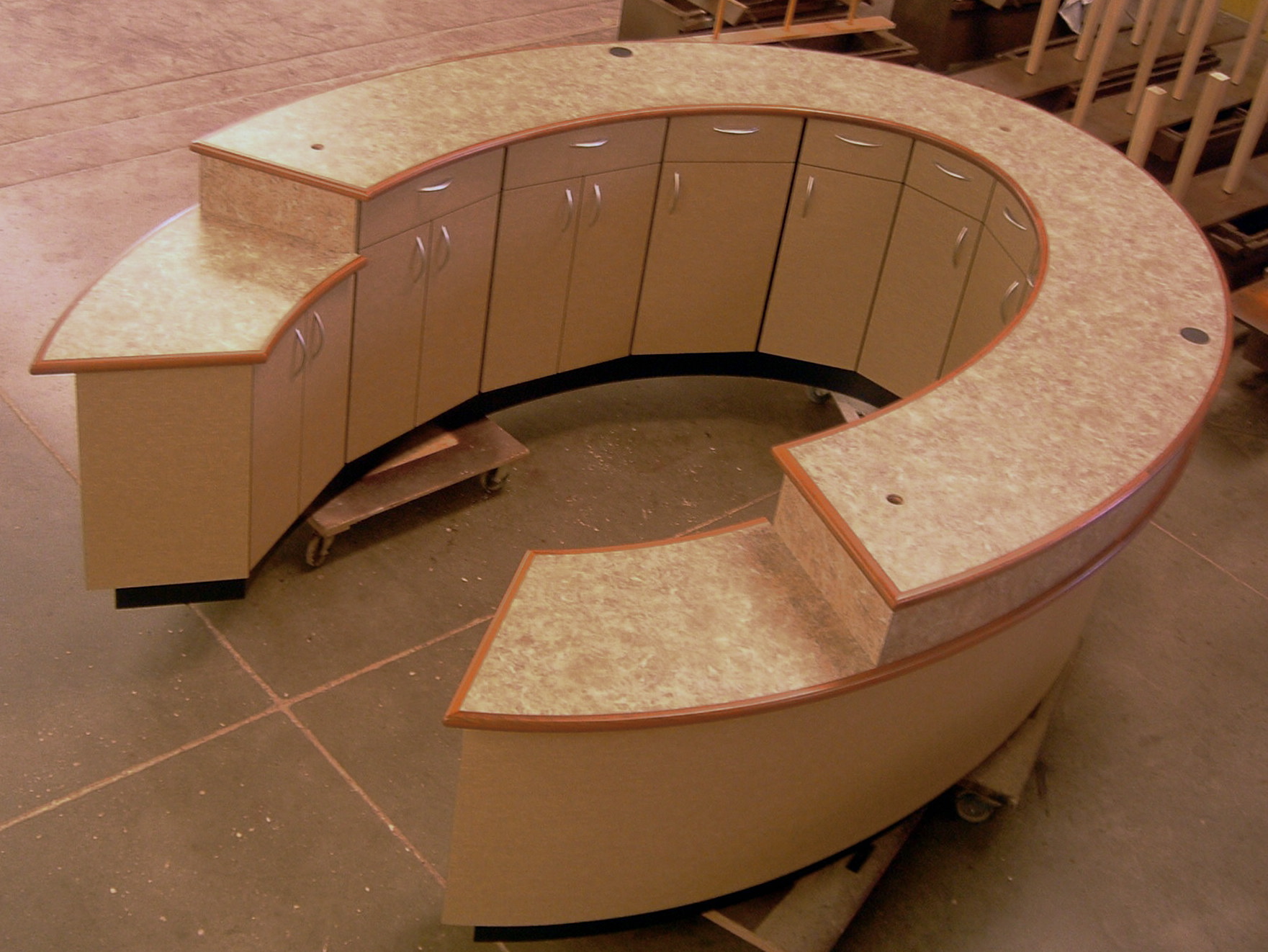
View higher quality, full size image (1761 X 1322)
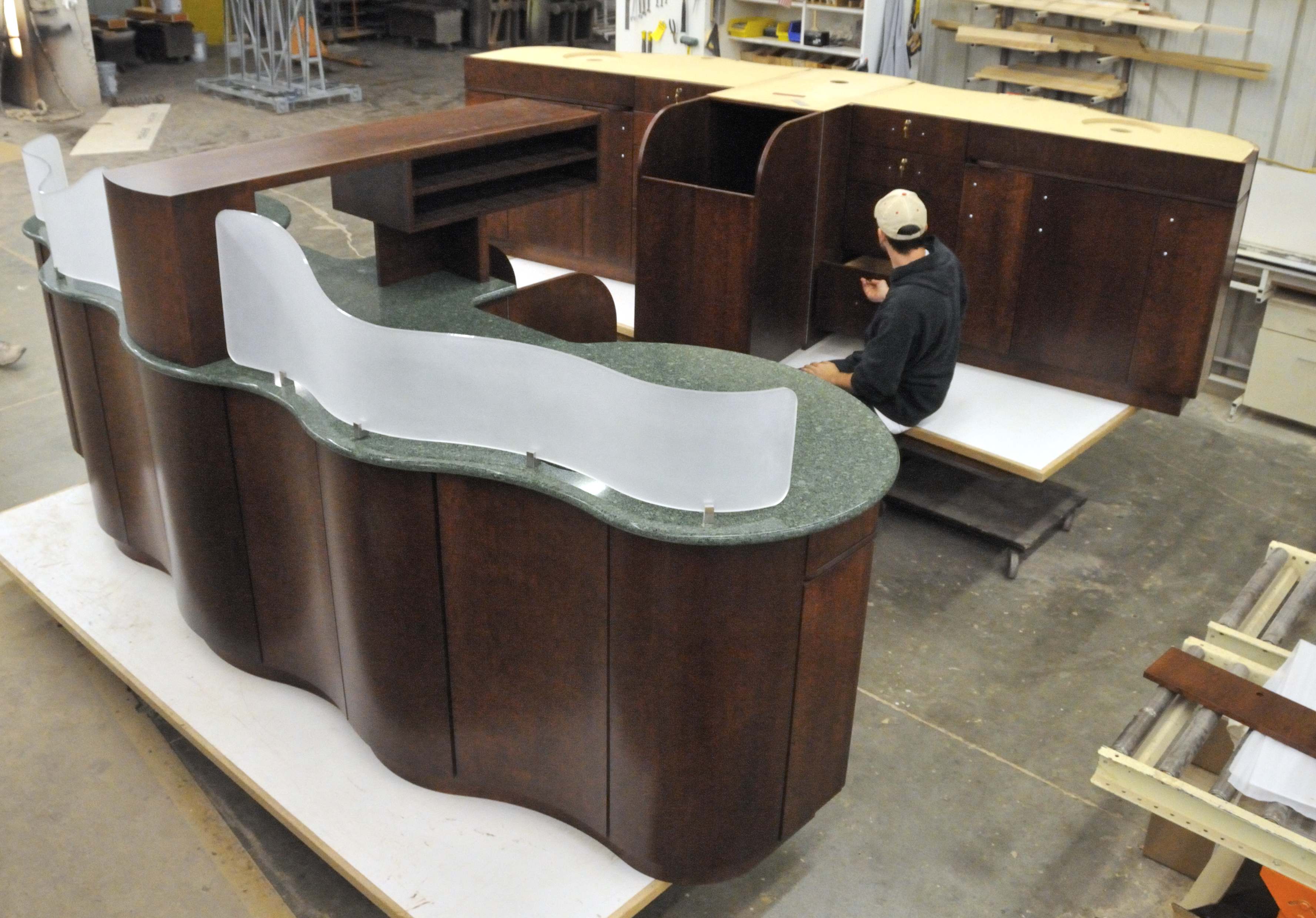
View higher quality, full size image (3554 X 2478)
7/23/15 #5: residential/commercial ...

@Larry
The main difference is that the residential draftsman draws stuff for houses and the commercial draftsman draws stuff for commercial buildings.
I hope this helps (8^())
7/24/15 #6: residential/commercial ...

Larry, that is nice work! I'm hoping I can get some input from a shop that produces residential and commercial. Building and drawing cabinets that are plastic vs. wood are still two totally different concepts. If you look at a couple of our pics below I think you could see where each would have their own expertise and it would be hard to switch from one to the other but maybe I'm wrong.
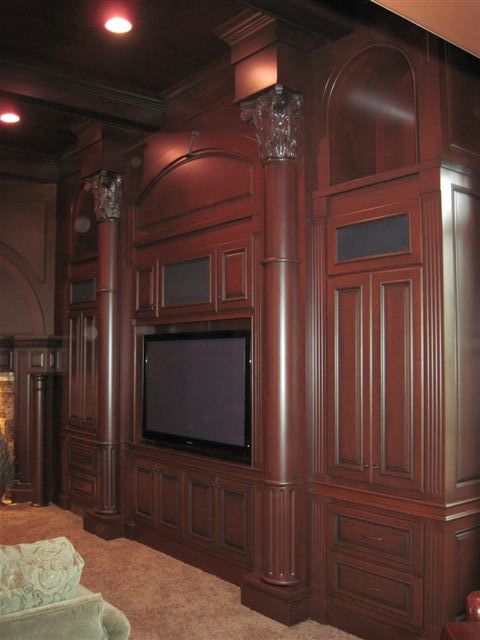
View higher quality, full size image (480 X 640)
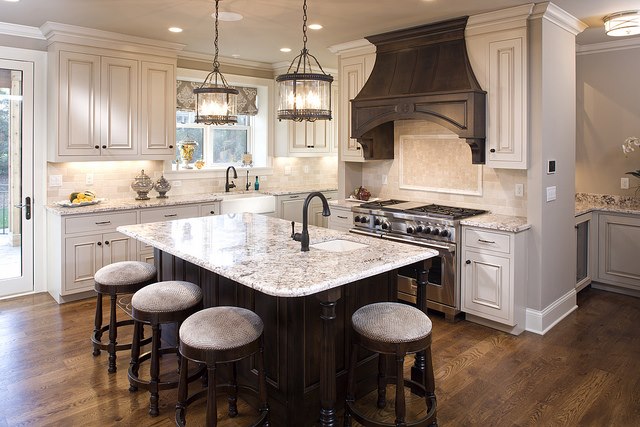
View higher quality, full size image (640 X 427)
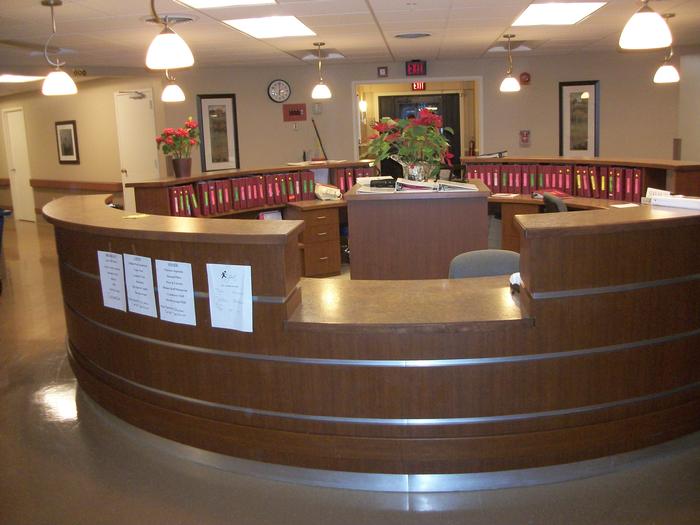
View higher quality, full size image (700 X 525)
7/24/15 #7: residential/commercial ...

Nice work Tom. Only about 20% of our work is in solid wood & veneers. Fair reason considering the beatings they take in service. Grocery fixtures are the most beat. Had them come back for repairs with forklift holes through them. I'll happily let you do the residential. Takes a special talent to deal with Ms housewife!
7/27/15 #8: residential/commercial ...

I think the big difference is the commercial market is mostly sold to companies with Design professionals that can read and interpret 2D drawings. Commerical tends to have more rooms of similar work so there are economies of scale.
Most residential projects tend to use smaller subs so schedules slip more and longer.
Most residential jobs have difficulties in expressing what they want in professional words so there is more hand holding with the homeowner.
Residential jobs seem to be less formal in the submittal, scheduling and communication processes.
I can't ever charge enough for residential to justify the amount of time needed to coordinate a project.
A-
7/27/15 #9: residential/commercial ...

"I can't ever charge enough for residential to justify the amount of time needed to coordinate a project"
So true! The lack of design specifics and changes after they see something doesn't help.
7/27/15 #10: residential/commercial ...

"I can't ever charge enough for residential to justify the amount of time needed to coordinate a project"
So true! The lack of design specifics and changes after they see something doesn't help."
I'm not sure that is true. It is a different mind set and some really expensive neighborhoods.
7/27/15 #11: residential/commercial ...

I can't compare retail work with commercial because we have never done anything commercial. I can, however, say that the retail residential client is a piece of cake to work for.
They all have different personalities but they have the same agenda. It is very transparent and predictable.
A homeowner buys a cabinet from you because he or she wants to improve their standard of living. A contractor buys the same cabinet from you because they want to improve 'their' standard of living. Its sort of the same but completely different.
7/28/15 #12: residential/commercial ...

Pat,
Its not that we don't make money, I would rather allocate 200 or 300 hours of engineering to more dollars in sales in commercial.
When I look at the time we spend with the customer, creating and reviewing the drawings and the lost opportunity to do more sales dollars with the same resources I choose not to do residential.
I don't need a "I worked for "X" on our references".
A-
7/28/15 #13: residential/commercial ...

Ok I get it, the comparative advantage of being highly automated.
The comparative advantage of a small shop would be the inclination to deal with Mrs Fussbut.
Lately I have been working in the Rancho Santa Fe area, the amount of money that is charged for having to hold hands and deal with egos is quite remunerative. Albeit probably just as risky as the commercial market as they are better at hiding their teeth...
I think this market and the big commercial market is due to low interest rates as people in this position are looking to where they can place their free money, which is automatically a boom to anything that requires long term investment.
7/28/15 #14: residential/commercial ...

I could maybe deal with 10 Miss Fussbudgets per year, I can deal with a ton of store designers and GCs and architects.
I can out source commercial casework and millwork shop drawings when we are too busy, residential requires way too much detail change from standards so I have to do it in house.
We did a couple of very detailed corporate headquarters at the end of last year, awarded in October and November, outsourced most of the shop drawings and were mostly done by the end of the year. One had 5 wood species and some of the species were in 3 different matches, both had custom metal fabrication, stone tops, wood tops, laminate, We resolved the species and matching in one 3 hour meeting at the veneer house.
The other project we resolved most of the details at a single onsite meeting with the architects, owners rep and GC along with mockups of a few joint details and methods.
Everyone understood the need to resolve details quickly to get the projects done by EOY. It was a collaborative effort with professionals.
Miss Fussbudget would have required days of education and research, then asking her friends, reading magazines and then her design professional just to get to the point to maybe making a decision.
Most likely Miss Fussbudget can't visualize a description of a detail with a quick sketch.
A-
7/28/15 #15: residential/commercial ...

In your situation that makes sense.
7/28/15 #16: residential/commercial ...

Pat makes a good point about how it takes a much smaller package of resources to compete in residential.
Another not so obvious advantage but a big one nonetheless is that the people you compete with tend to be somewhat un-businesslike. There is a lot of low hanging fruit in this niche. Management in these smaller shops tends to be a whole lot more like it was in the days of the civil war than in the days of microsoft. On balance your price is generally set by your competition. They need a lot of extra money to subsidize stupid. You get to have these surplus dollars if you are willing to harvest them.
As I said before, I can't compare commercial with residential because I have never worked in commercial. I imagine, however, if you compete in a market that ships their product on semi trucks you compete with similarly equipped shops that also have those same semi trucks. Ninety eight percent of the project has to be just getting the product onto the truck. Another 12 hours in transit means you also compete with shops a couple of states over for these projects. This strategy probably works great when the economy is booming.
7/29/15 #17: residential/commercial ...

To me the segments of woodworking that are most profitable are when woodworking is used for promotional purposes. E.G. trade show exhibits, hotel lobbies, store fixtures, reception areas, high end residential, etc.
Alan and Larry are in a position where they can leverage their efforts by doing commercial work and that makes sense. However if a smaller shop cannot do the same it would be stupid to pass on high end residential. Especially when the only markets that have been going lately is big commercial and high end residential. Mainly because of low interest rates.
7/29/15 #18: residential/commercial ...

Tim, I agree about the typical small cabinet shop still being 100 years behind, at least around here. Same designs, same methods of long ago. They struggle to make their faceframe cabinets look like Euro boxes. I've tried to talk some of them into going CNC, bander, dowel, case clamp but only succeeded with two of them, but no dowels or clamp. I've asked if they would ever go back, not a chance. I guess until you've used the system you don't understand the advantages. Yes there is an upfront cost but the amount of work the same guys can put out in a day probably doubles. Change is hard! I like the quote by Henry Ford about methods being an experiment and subject to constant change.
In my market, I simply could not compete if I used small cabinet shop methods. This isn't a craft shop, it's a business! If you could double your output or 1/2 your labor for an investment of $150K or so, wouldn't you?
7/29/15 #19: residential/commercial ...

Larry,
There are a lot of things cabinetshop owners can do to improve management that don't involve spending any money at all. Formalizing how they establish priorities and monitoring status is a big step.
All strategy is based on status. A lot of guys in this industry played football in high school and they should understand this better than most. Each and every play the quarterback calls is dependent on status.
Field position, score, time on the clock etc are all changing variables and this is what drives strategy for each play.
The difficulty comes from how people interpret status. If you have to wander around to look for clues, and then build strategy based on those conclusions you're bound to have some damp ammunition.
Priority & status should be something that is unambiguous and instantly obvious. If you can make this happen you can really harvest the productivity of whatever resources you do have in play.
|
